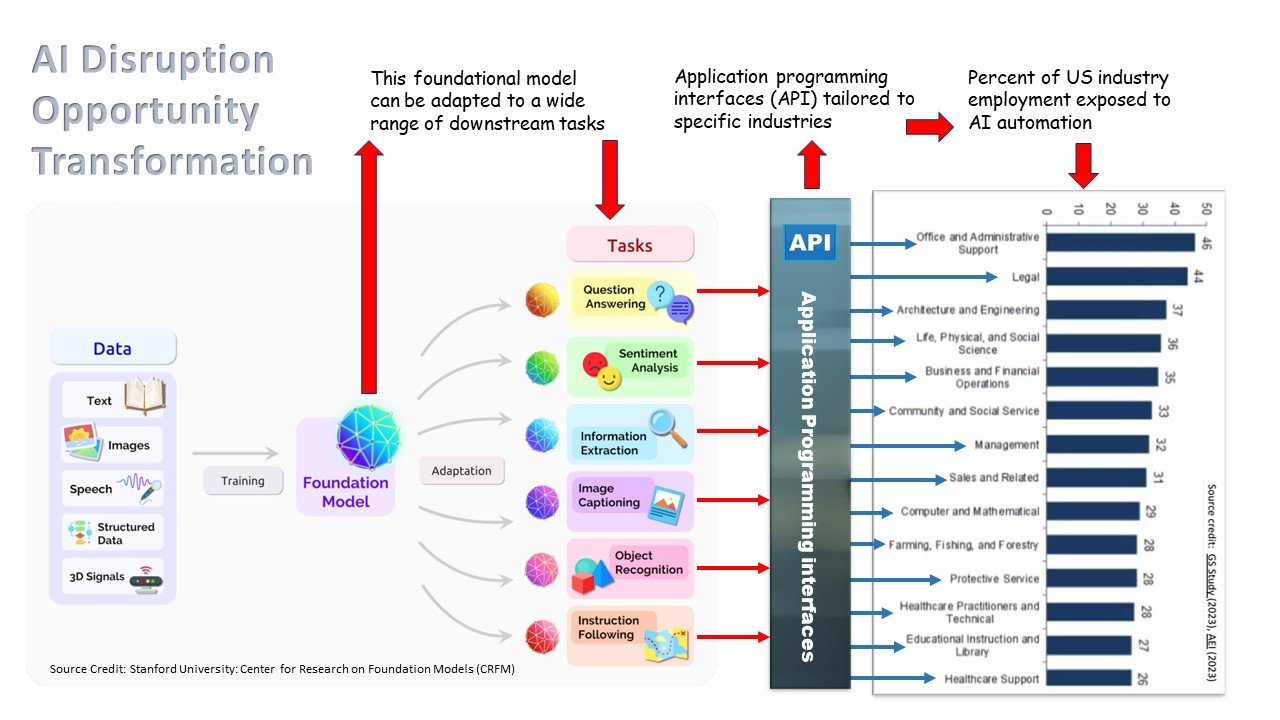ARTIFICIAL INTELLIGENCE: DISRUPTION and OPPORTUNITIES for TRANSFORMATION
RPM SERVICES & PROCESSES
Identifying Potential Disruptions, Competitive Advantage, and Barriers to Entry
Delivering a Preferred Future State Vision and Plan
Evaluating Market Opportunities
Identifying Shortfalls in Current Practices
Managing Change in the Organization
Implementing Strategic Portfolio Management
Aligning Strategic Objectives, Portfolio Venues, and Change Readiness with Strategy Execution
Expanding Strategic Throughput
Opportunity and Transformation by Developing Programming Application Interfaces (API) for Industry
RPM Systems
Principles for Expanding Strategic Throughput
1. Governance: Develop and continue to emphasize enterprise-wide best practices in organizational governance. When throughput loss is analyzed, problems with governance are frequently the root cause. Make the painstaking effort to develop a highly articulated strategic master plan.
2. Costs: Consider all organization costs as part of the strategic portfolio (R&D, overhead, direct, material, all expenses, dividends, etc.). Simply put, money spent in one area is unavailable elsewhere. That is why all costs are on the table when looking for opportunities to expand strategic throughput.
3. Focus: Minimize noise and leakage by eliminating actions not aligned with your strategy. This may include lawsuits that distract the executive leadership team, working on the wrong projects, capacity constraints, organizational immaturity, and in some cases, lack of earned value visibility into what is being accomplished.
4. Commitment: Gain the commitment of the executive leadership team to fully support the strategy, including, where appropriate, senior government and union officials.
5. Communicate your strategy throughout the organization to assure continuing commitment. Facilitate timely communications from the organization's front lines to assure plans are being executed according to strategy.
6. Choice: Develop the freedom to choose the best partners and workers.
7. Collaboration: Insist on seamless collaboration within the organization, with major subcontractors and suppliers, and with the customer when this is appropriate.
8. Closed-Loop: Implement a closed-loop feedback mechanism with both hard and soft metrics that measure not only functional organizations and projects, but also end-to-end effectiveness, incorporating the customer in the process.
9. Breakdowns: Monitor every gate in every series circuit in the organization to identify and address breakdowns. Insist on transparency, traceability, and accountability. Employ risk management and other proven tools to minimize surprises.
10. Roadblocks: Intervene when necessary to remove roadblocks and obstacles. The key here is to have early visibility into potential roadblocks and develop contingency plans well in advance where appropriate.
Characteristics of a Strategic Portfolio
A strategic portfolio represents investments made or planned by the organization.
It is aligned with the organization's strategic goals and objectives.
It typically has some distinguishing features that permit the organization to group them for effective management.
It is quantifiable and, therefore, can be measured, ranked, and prioritized.
It is not temporary, like programs and projects.
It ensures that interrelationships between programs and projects are identified and that resources (e.g., people, funding) are allocated in accordance with organizational priorities.
It ensures the organization is "doing the right work" rather than "doing work right."


